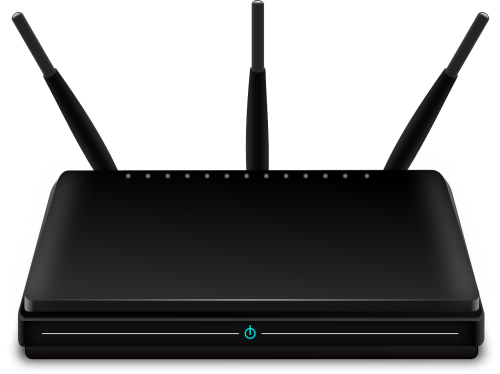When planning to deploy a reliable Wireless LAN solution in your building or office facility, several factors need to be taken into account first to ensure success and keep wasted efforts away. Topping our list for this is the radio or RF coverage that your facility requires.
The sheer design of the facility in question, together with its raw size, will help in identifying the number of wireless access points necessary in providing that coverage. Another important point of consideration is the process of selection for the wireless antenna that will be taken advantage of in providing the desired coverage.
Most countries are implementing a limit on the amount of power that can be transmitted by a wireless antenna. This usually comes in 1Watt range with 6dBi gain, and this is intended for omnidirectional antennas.

For directional types of antennas, it would be a 23dBi region. The underlying reason behind the restrictions is to minimize interference possibilities with other nearby users within a frequency band.
But what is antenna gain?
Many people consider this term as a kind of technical jargon, but it only pertains to how effective signal power is when amplified by an antenna with every given input power, as measured in decibels (dB). We calculate decibels on a logarithmic scale. For example, a 3dB increase would be representing a doubling of power.
Before we delve deeper into WiFi antennas and the description for each type, how much gain can be expected they can produce, including the type of radiation pattern they come with, it is important to know that if it is our first time to deploy a wireless LAN, conducting a wireless site survey is a must. This measure will help us determine the access points siting, including any possible problem areas where specialist wireless antennas would be necessary.
Normally, wireless antennas are designed in such a way that they will work efficiently over a limited number of frequency bands. The wider and the broader is the range of frequencies an antenna will be allowed to operate over, the more broadband it is.
WiFi antennas can work either in the 2.4Ghz ISM band, or it can also work in the 5Ghz band. This suggests that an antenna must be designed in such a way that they are capable of operating with these specified ranges of frequency.
Below are some of the types of available antenna in the market and functions they carry out.
Omni-Directional Antennas
As earlier stated, this type of antenna produces an isotropic radiation pattern, that is more popularly known as “doughnut” shape. We should remember that the natural tendency of true isotropic antennas is purely theoretical, other types would be comparable to those of isotropic design.
Vertical Omni
Usually, for vertical omnidirectional antennas, they are often based on a dipole design. The dipole antenna radiation pattern in the horizontal plane is 360 degrees, with a variation on the vertical plane with respect to whether the dipole is vertical or not.
Normally a dipole antenna that is vertically oriented has a 75-degree radiation pattern. Dipole antennas are believed to have a gain value that is not exceeding 2Db.
Ceiling Domes
As the name for this type of antenna suggests, this type of antenna can be mounted on the ceiling and even on the walls. And because they come with a less obstructed view, it is not unusual for them to come with a higher gain, around 3Db.
